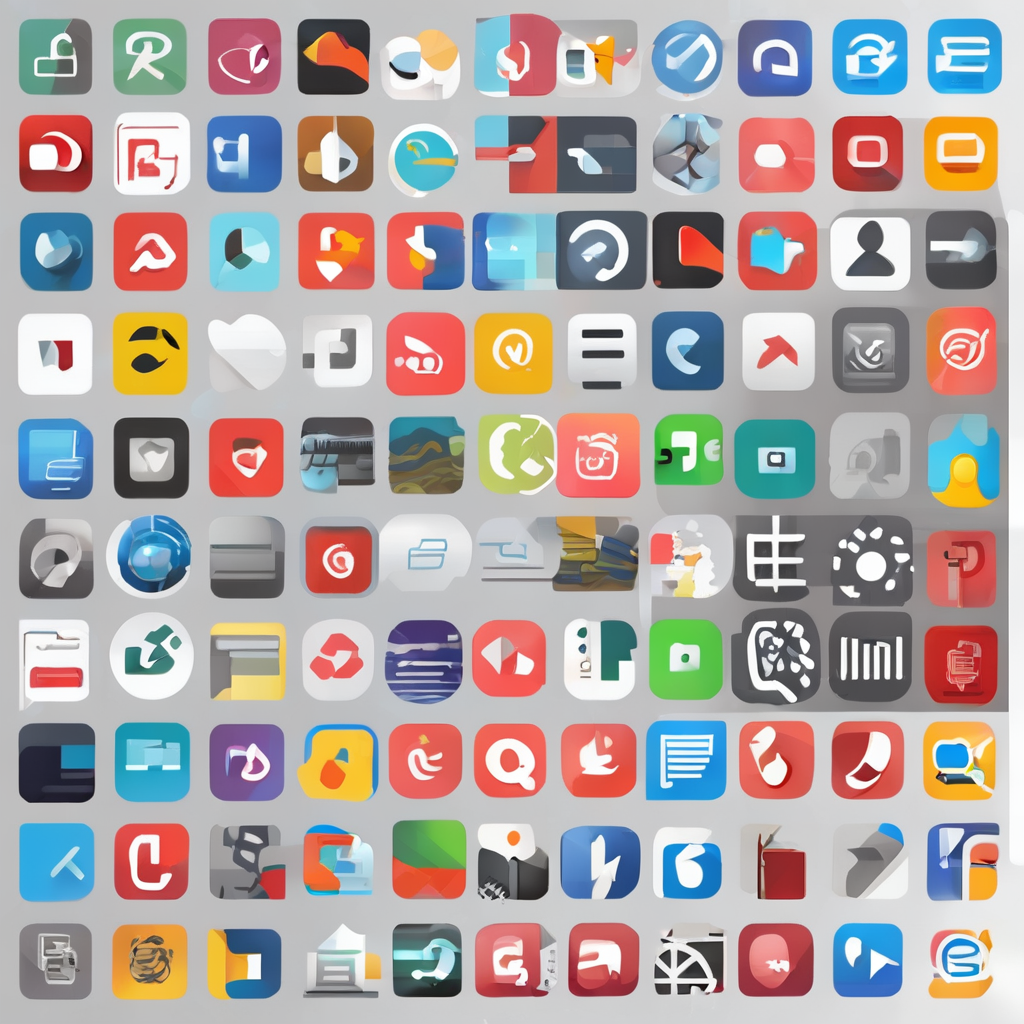The evolution of smartphone technology and its influence on computing
Smartphone evolution has transformed how we interact with technology and reshaped computing paradigms significantly. Early mobile phones were limited to calls and texts, but innovations such as touchscreens, faster processors, and high-resolution cameras expanded their potential beyond mere communication devices. This evolution enabled smartphones to handle tasks traditionally reserved for desktops and laptops, marking a shift toward mobile-first computing.
The influence of smartphones has driven a paradigm where computing is increasingly decentralized and personalized. Cloud integration allows data and applications to be accessible anywhere, while powerful on-device processors enable complex tasks like image recognition without constant internet reliance. This progression highlights the smartphone’s role as both a standalone computer and a gateway to the cloud, extending traditional computing with unprecedented portability and convenience.
Also read : How do UK consumers choose smartphones for gaming purposes?
Moreover, smartphones have accelerated advancements in user interfaces and software design, emphasizing intuitive interaction and responsiveness. From multitouch gestures to voice assistants, these innovations contribute to expanding the computing experience beyond desktops. As smartphones continue advancing, their impact on future computing remains profound, guiding how technology evolves toward seamless, always-connected ecosystems.
Major innovations in smartphones reshaping computing
Smartphone innovation increasingly integrates AI in smartphones, fueling a shift in mobile capabilities. AI enables smart assistants to perform complex tasks, from natural language processing to predictive analytics, directly on devices. This reduces reliance on cloud computing, improving speed and privacy. Meanwhile, advanced sensors collect diverse data streams in real time—accelerometers, gyroscopes, and biometric sensors provide precise environmental and user context. These innovations empower more responsive and personalized applications.
Also to discover : Exploring the uk tech scene: discover the cutting-edge innovations in smartphones
Augmented reality (AR) technology is another key area transforming smartphones. AR blends digital content with the physical world, broadening usage beyond entertainment to sectors like education, healthcare, and retail. By leveraging AI and sensor data, AR applications improve interaction accuracy and immersion, redefining how users engage with both virtual and real environments.
Together, AI in smartphones, sophisticated sensors, and AR technology exemplify how smartphone innovation reshapes computing. These capabilities extend traditional computing by offering real-time, context-aware solutions that enhance user experience and enable new forms of interaction, pointing to a future where mobile devices are central to technology impact and the evolution of everyday computing.
Current trends driving the convergence of smartphones and computing
The rapid deployment of 5G networks is a catalyst in mobile computing trends, significantly boosting device connectivity and performance. With 5G’s low latency and high bandwidth, smartphones handle real-time data more efficiently. This shift enhances streaming, gaming, and AI-driven applications, directly impacting how users experience and rely on mobile devices.
Simultaneously, cloud technologies and edge computing are redefining device capabilities. Cloud technologies enable vast storage and processing power beyond a smartphone’s limits, while edge computing brings data processing closer to the user. This dual approach reduces latency and conserves bandwidth, allowing smoother operation of complex applications. For instance, edge computing supports faster AI inference on devices, balancing privacy with power.
These trends foster a movement toward mobile-first software and services. Developers prioritize apps optimized for on-the-go use, leveraging cloud and edge resources seamlessly. The result is a computing ecosystem where smartphones act as powerful nodes within a broader digital infrastructure, enabling continuous, context-aware interactions beyond traditional computing boundaries.
Implications for future hardware and software development
The growing demand for cross-device integration is reshaping both hardware innovation and software development. Users expect seamless experiences across smartphones, wearables, and home devices, pushing hardware towards miniaturisation without compromising performance. This trend drives component refinement, such as more efficient processors and advanced sensor arrays embedded in smaller form factors.
On the software side, software development increasingly focuses on creating adaptable applications. Developers prioritize frameworks that simplify building fluid interfaces across platforms, ensuring consistent user experiences. This shift encourages modular architectures that dynamically adjust to device capabilities and contexts, enhancing usability.
Cross-platform compatibility also influences programming priorities. Instead of device-specific coding, developers adopt tools that allow compilation and deployment on multiple operating systems from a single codebase. This approach reduces development time and fosters innovation by streamlining updates and feature rollouts.
Overall, the technology impact of these trends promises a future where hardware and software evolve in tandem. Device ecosystems will become more cohesive, supporting richer interactions and extending computing beyond the smartphone into a pervasive, interconnected digital environment.
Expert perspectives and predictions for the next era of computing
Experts widely agree that future computing will be defined by deeper integration across devices, driven by advances in AI, connectivity, and hardware innovation. Industry leaders emphasize the technology impact of pervasive AI capable of contextual understanding, enabling smartphones and connected devices to anticipate user needs proactively. This anticipatory computing promises to elevate personalization and efficiency.
Predictions also highlight that evolving AI in smartphones will increasingly offload complex processing to edge environments, balancing performance with privacy. Experts foresee augmented reality and mixed reality becoming central pillars of digital interaction, blending physical and virtual spaces seamlessly. This development is expected to reshape social, educational, and professional experiences.
Challenges include creating interoperable ecosystems that respect user privacy while delivering rich functionalities. Additionally, the energy demands of more powerful AI and sensors require breakthrough hardware solutions. Industry insights suggest ongoing collaboration between hardware engineers, software developers, and data scientists will be critical.
In sum, expert insights project a future where smartphone evolution continues to drive computing beyond traditional limits, fostering a seamlessly connected, intelligent, and immersive technology environment that transforms daily life and work.
